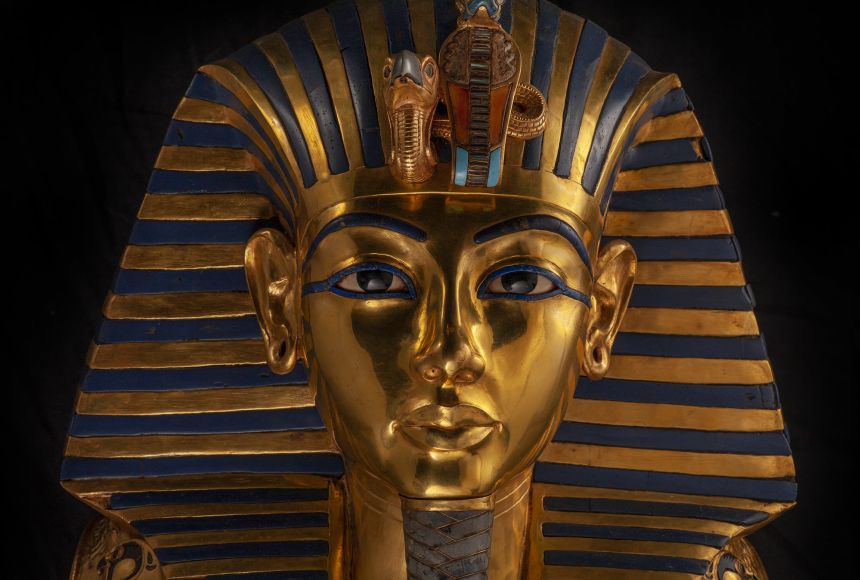
In a rapidly changing world, the preservation of cultural traditions plays a vital role in maintaining historical legacies and fostering cultural identity.
This article delves into the significance of time-honored practices that have withstood the test of time, offering a glimpse into traditional dances, festivals, culinary traditions, and craftsmanship.
By exploring how these practices are preserved and celebrated, we gain insight into the importance of cultural identity and the enduring value of keeping tradition alive.
Key Takeaways
- Cultural traditions play a crucial role in preserving and transmitting collective knowledge, values, and identity.
- Traditional dances, festivals, and rituals not only preserve cultural heritage but also foster unity and social interaction within communities.
- Culinary traditions provide insight into historical and cultural practices, reflecting local resources and promoting cultural diversity.
- Preserving craftsmanship and artistry through specialized skills and knowledge transmission ensures the continuation of traditional techniques and fosters innovation.
The Significance of Cultural Traditions
The significance of cultural traditions lies in their ability to preserve and transmit collective knowledge, values, and identity across generations. Ritual ceremonies play a crucial role in this process, serving as a means of reinforcing these traditions and ensuring their continuation. These ceremonies are often steeped in symbolism and are designed to evoke a sense of connection with the past.
Through participation in these rituals, individuals gain a deeper understanding of their heritage and develop a stronger sense of belonging within their community. Intergenerational transmission is another key aspect of cultural traditions, as it allows for the transfer of knowledge from older generations to younger ones. This ensures that the wisdom and experiences accumulated over time are passed down, allowing future generations to benefit from the lessons learned by their ancestors.
Overall, cultural traditions serve as an important link between the past and present, fostering a sense of pride and preserving valuable aspects of our shared human history.
Traditional Dances and Festivals
Traditional dances and festivals play a significant role in preserving cultural heritage. They serve as a means to celebrate and pass down cultural traditions from one generation to the next. These events often feature traditional music and instruments, which are integral components of the performances. The rhythmic beats and melodies produced by traditional instruments create an immersive experience for both participants and spectators alike.
In addition to showcasing traditional music, dances and festivals also incorporate various rituals and ceremonies that hold deep cultural significance. These rituals may involve prayers, offerings, or symbolic gestures that reflect the values and beliefs of the community. Through these practices, individuals reaffirm their connection to their ancestral roots and reinforce the importance of tradition.
Furthermore, dances and festivals provide a platform for community members to come together, fostering a sense of unity among them. They offer opportunities for social interaction, collaboration, and collective participation in cultural activities. In this way, traditional dances and festivals not only preserve cultural heritage but also contribute to the overall well-being of communities by promoting social cohesion and identity formation.

Culinary Traditions: A Taste of History
Culinary traditions provide insight into the historical and cultural practices of a community. They offer a glimpse into the way people in a particular culture lived, their values, and their interactions with the environment.
One interesting aspect of culinary traditions is cultural fusion, which occurs when different cultures come together and blend their culinary practices to create unique dishes. This can happen through migration, trade, or colonization.
Traditional ingredients also play an important role in culinary traditions. These ingredients are often sourced locally and reflect the availability of resources in a particular region. They may include native plants, herbs, spices, or specific types of meat or seafood that have been used for generations.
The preservation of these culinary traditions allows us to appreciate the rich history and cultural diversity that exists within our communities.
Preserving Craftsmanship and Artistry
Craftsmanship and artistry are preserved through the transmission of specialized skills and knowledge, ensuring the continuation of traditional techniques and the creation of unique cultural artifacts. This preservation is crucial in safeguarding our artistic heritage and maintaining a connection to our past.
Here are four ways in which craftsmanship preservation contributes to the perpetuation of cultural traditions:
Apprenticeships: Young artisans learn from experienced masters, acquiring skills that have been honed over generations.
Oral Tradition: Craftsmen pass down their knowledge orally, allowing for subtle nuances to be conveyed alongside technical expertise.
Workshops and Studios: These spaces provide a collaborative environment where craftsmen can share ideas, learn from one another, and inspire innovation.

Cultural Institutions: Museums, galleries, and cultural centers showcase traditional crafts, promoting awareness and appreciation among both locals and visitors.
By valuing craftsmanship preservation, we ensure that these time-honored practices continue to thrive, contributing to the richness of our cultural heritage for future generations.
The Importance of Cultural Identity
Cultural identity plays a significant role in preserving and fostering a sense of belonging within communities. It is the collective representation of customs, traditions, beliefs, and values that define a particular group or society.
Cultural assimilation poses both challenges and benefits in maintaining cultural identity. On one hand, exposure to other cultures can enrich understanding and promote tolerance. However, there is also a risk of diluting or losing traditional practices through the influence of dominant cultures.
To counteract this, cultural preservation becomes a community effort. It involves passing down knowledge from one generation to another and actively engaging in activities that celebrate and showcase cultural heritage.
By valuing cultural diversity and actively participating in its preservation, communities can ensure the continuation of their unique identities for future generations to embrace and appreciate.
Frequently Asked Questions
In order to perform traditional dances, one must follow a step-by-step guide. This guide outlines the specific movements and sequences that are integral to each dance, ensuring the preservation of cultural traditions and their importance in maintaining cultural identity.
How can I learn more about the history of specific culinary traditions?
To explore the history of specific culinary traditions and delve into the roots of food, one can engage in a variety of resources such as historical books, documentaries, online archives, culinary museums, and cultural festivals. Understanding the evolution and significance of traditional cuisines can provide insight into diverse cultures and facilitate a sense of freedom in exploring different culinary practices.
What are some examples of traditional festivals celebrated in different cultures around the world?
Traditional festivals in different cultures hold great significance as they celebrate cultural traditions and promote a sense of identity and belonging. These festivals showcase vibrant rituals, costumes, music, and food, providing an engaging experience that captivates audiences worldwide.

Are there any specific organizations or initiatives dedicated to preserving craftsmanship and artistry?
Preservation initiatives and craftsmanship organizations play a vital role in maintaining traditional artistry. These dedicated entities strive to safeguard cultural heritage, foster creativity, and provide platforms for artisans to showcase their skills, ensuring the longevity of traditional crafts.
Cultural traditions play a crucial role in maintaining cultural heritage by preserving customs, rituals, and practices passed down through generations. They foster a sense of belonging and community, creating shared values and identities within a group or society.
 SportsHollywoodLifestyleFashionHome & GardenTrendsPrivacy PolicyTerms And Conditions
SportsHollywoodLifestyleFashionHome & GardenTrendsPrivacy PolicyTerms And Conditions
